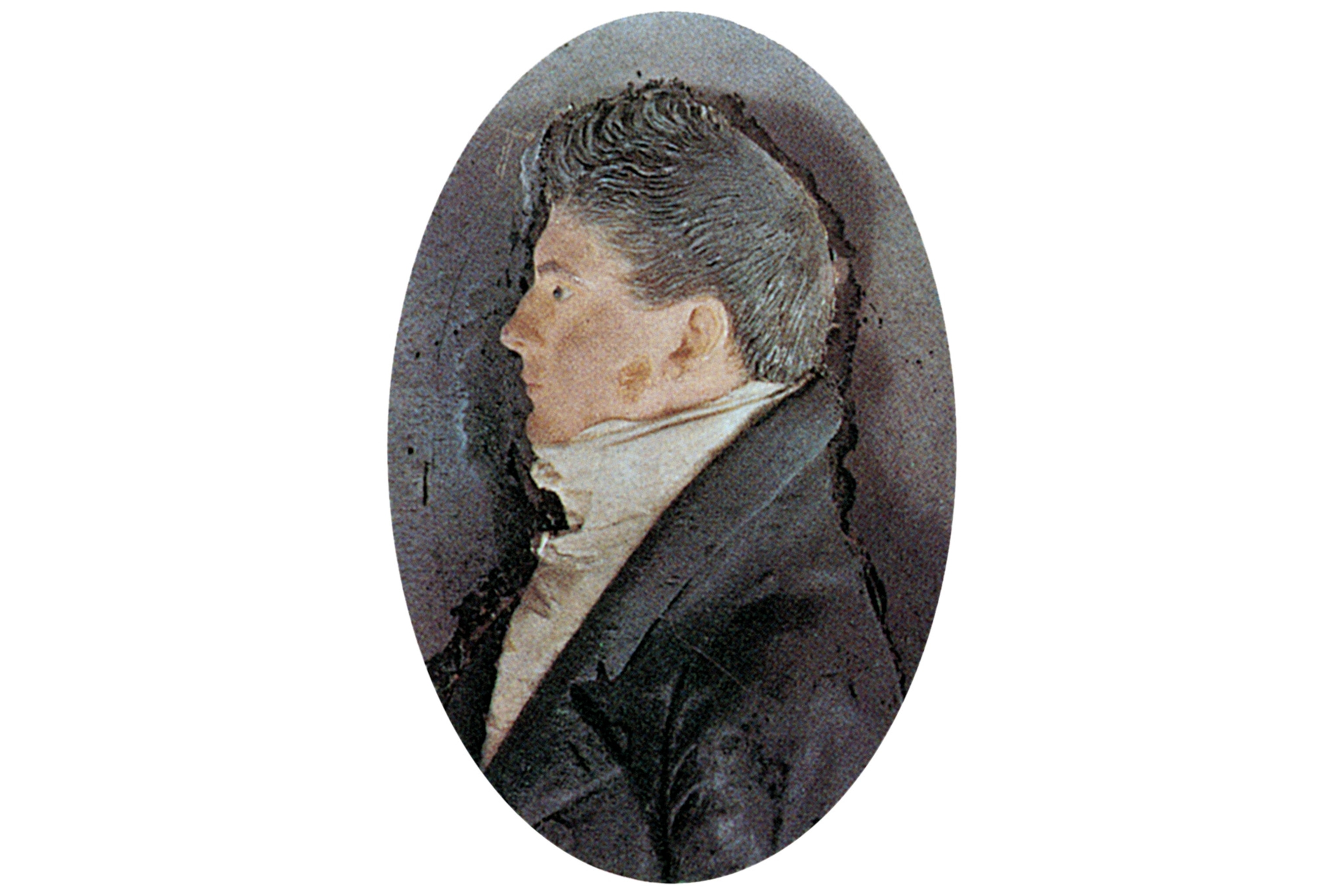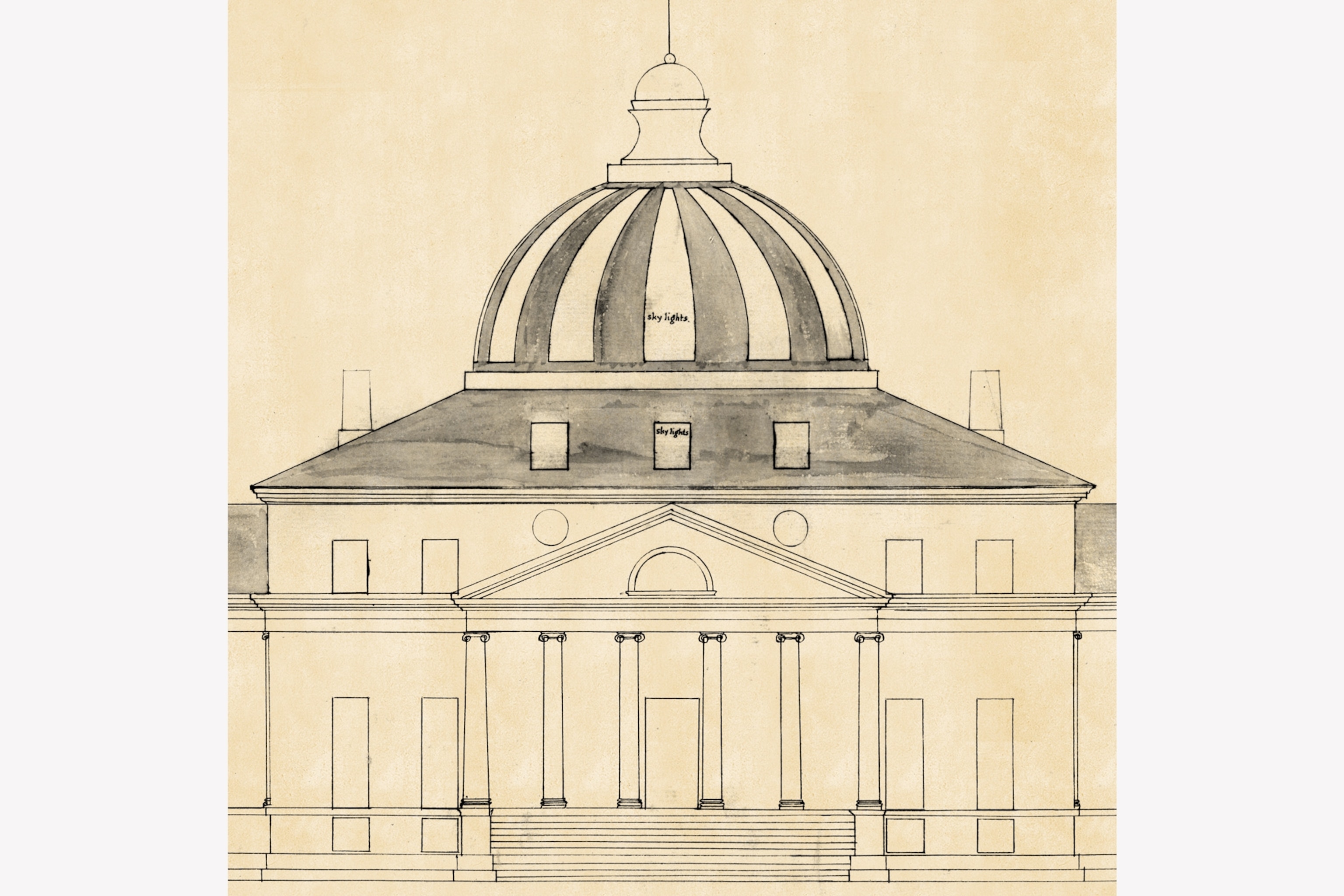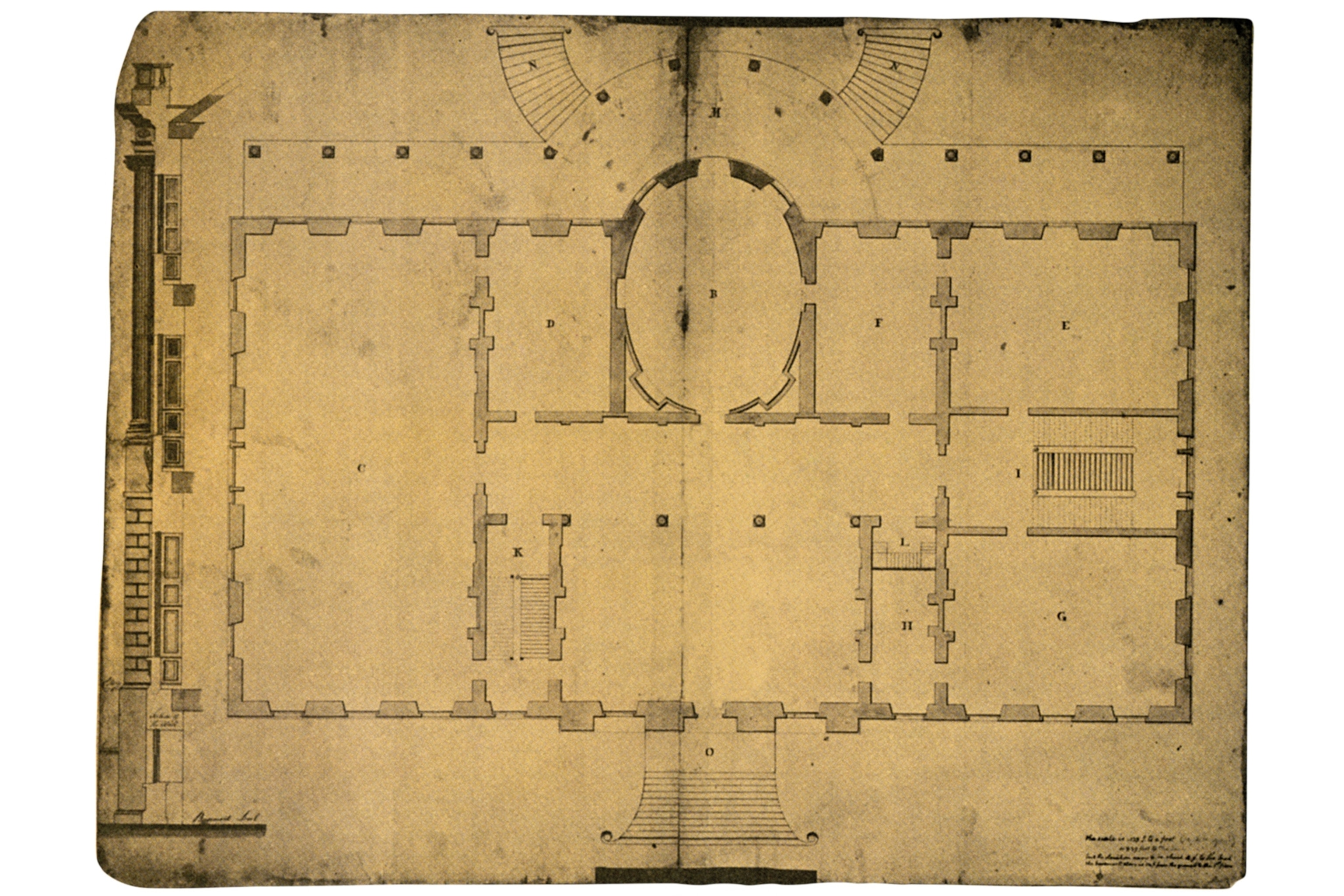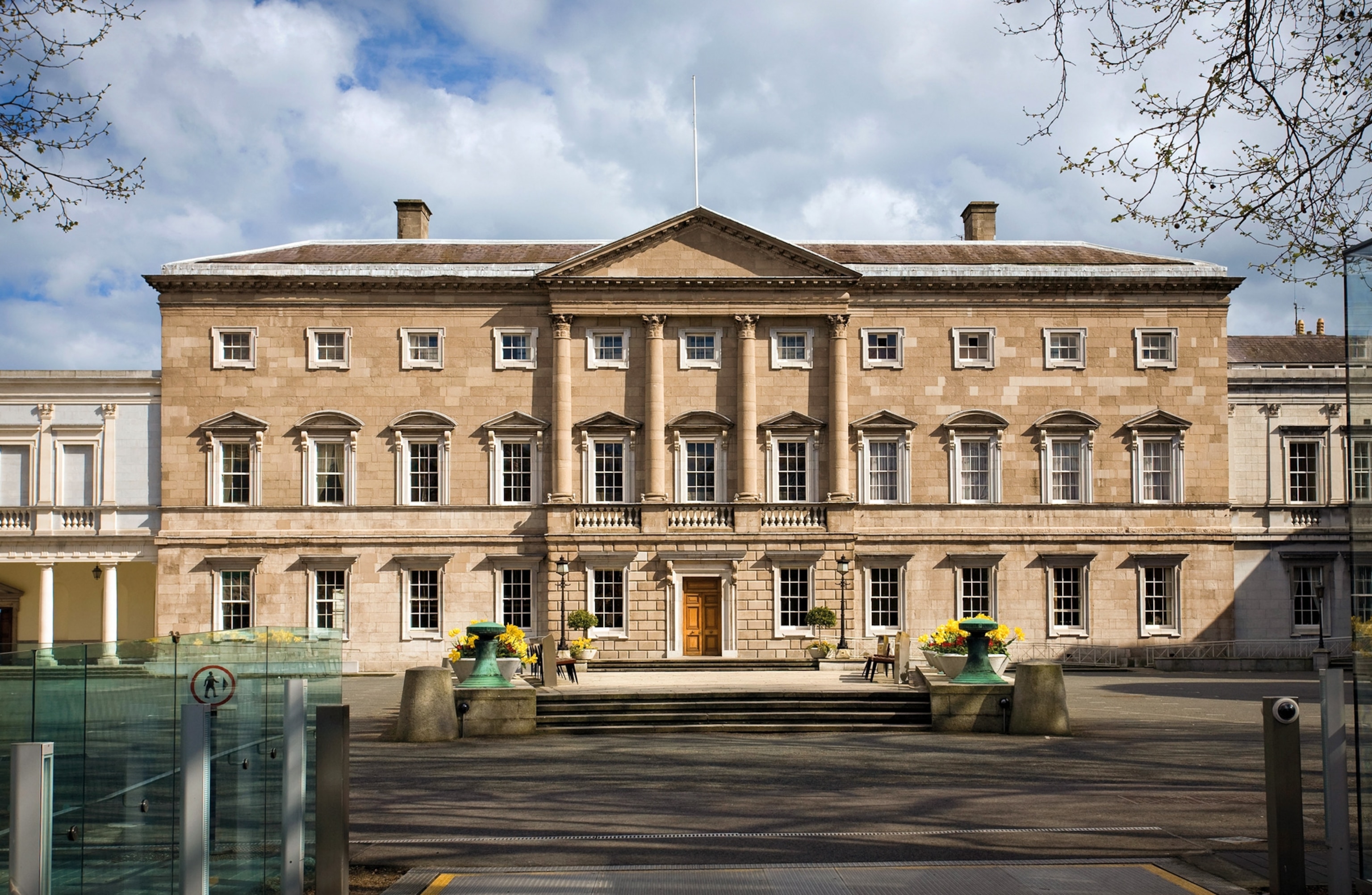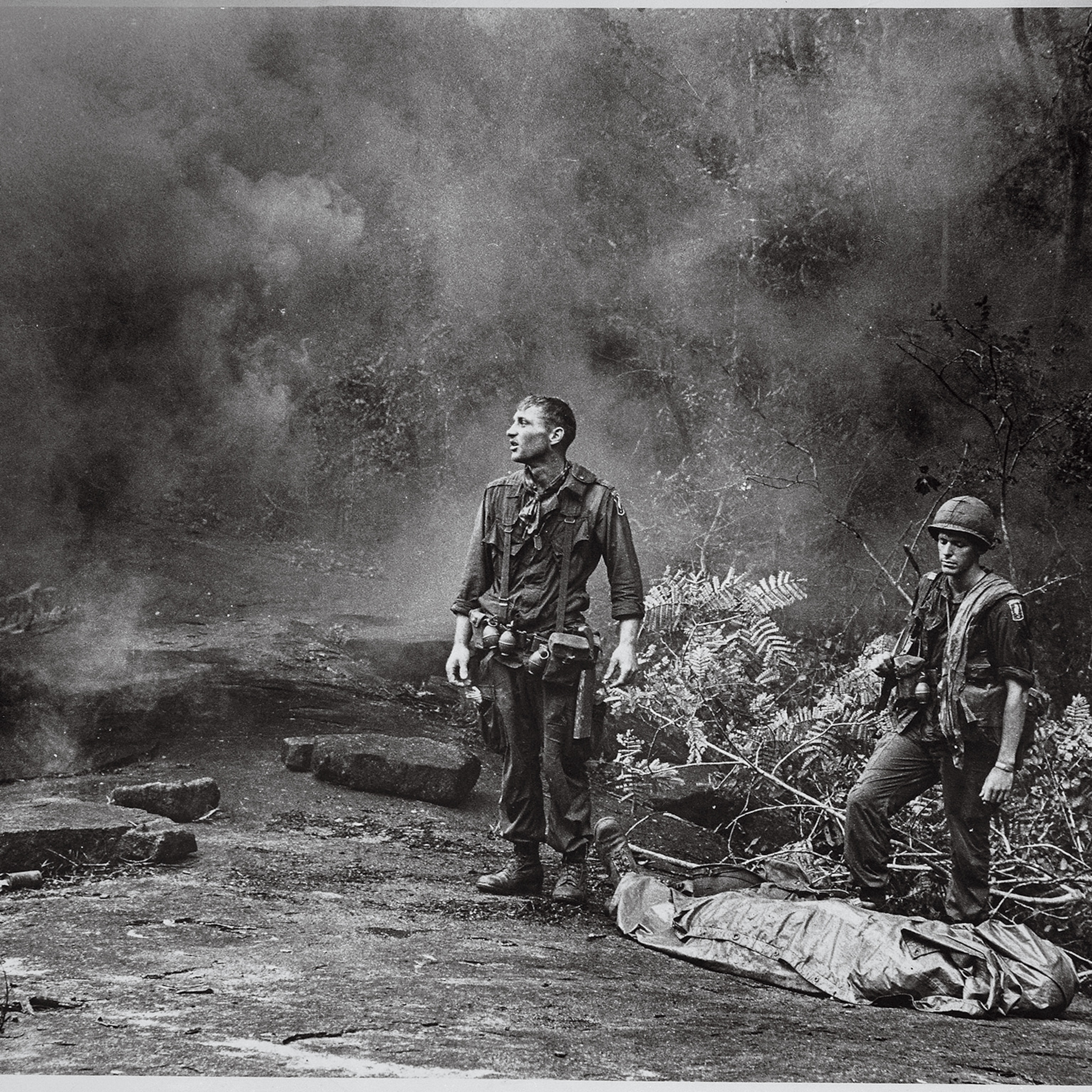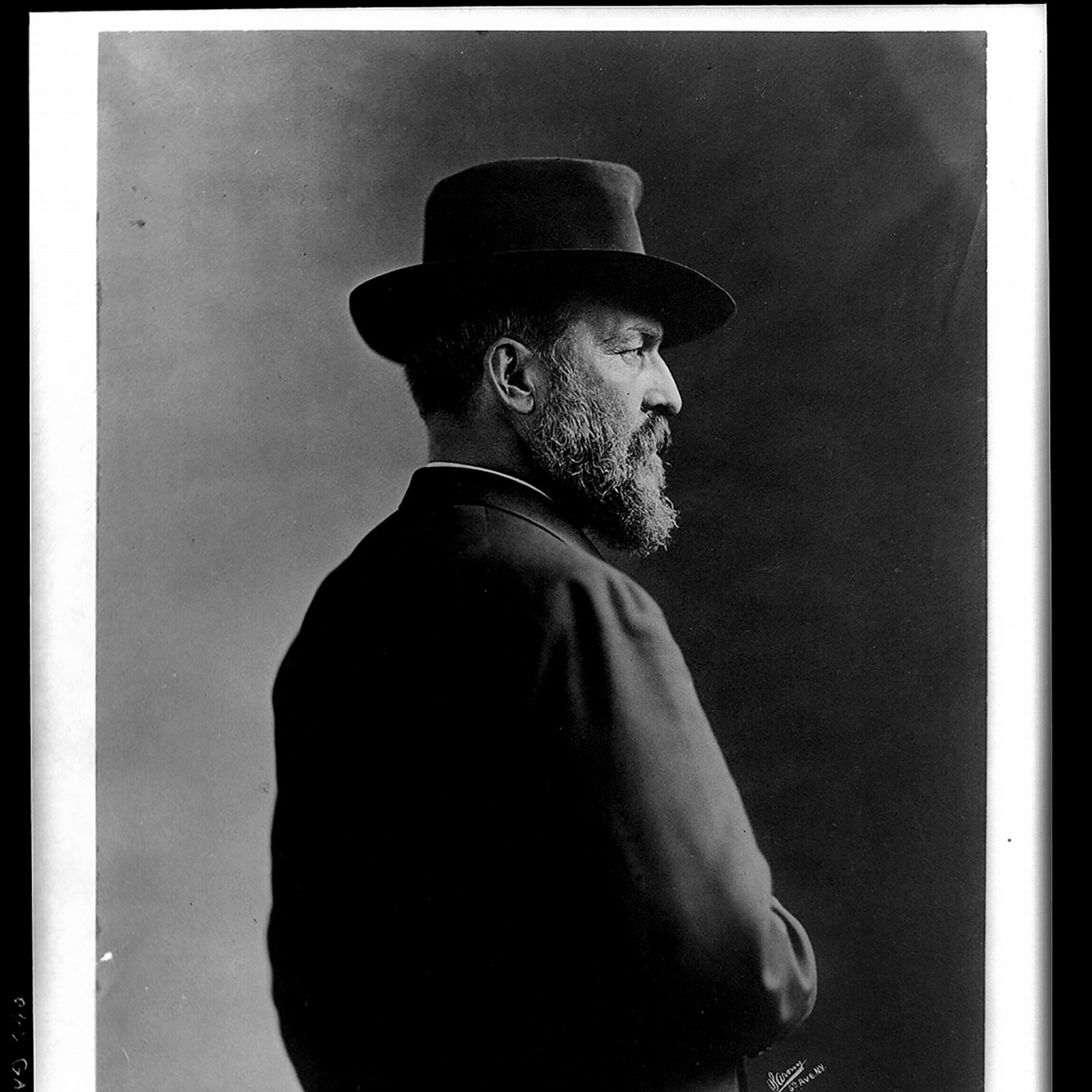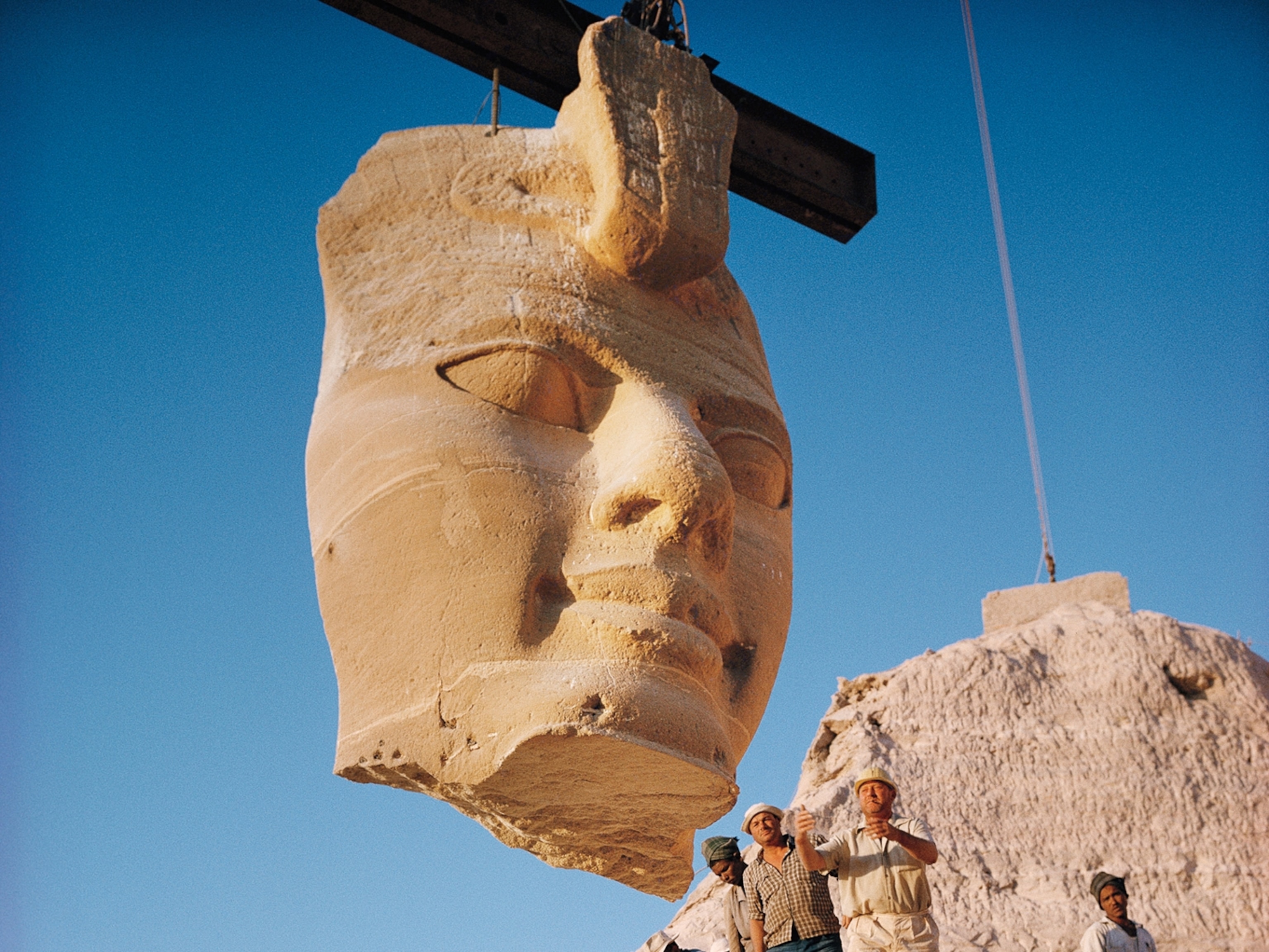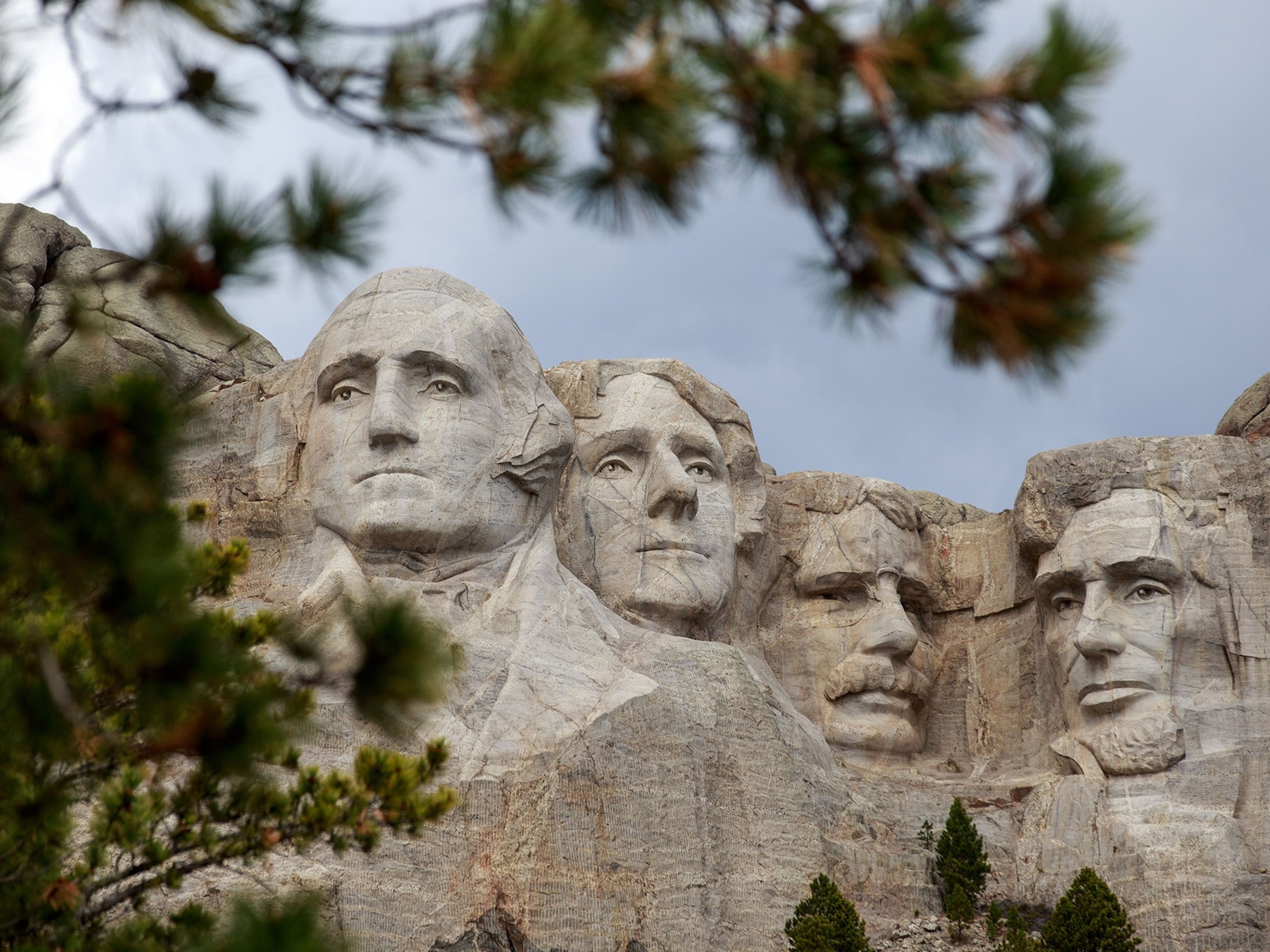Inside the 18th-century contest to build the White House
In 1792, leading architects entered a competition to build the President's House, George Washington judged it, and the winner built an American icon.

It may seem like Washington, D.C. was the perfect spot for the U.S. capital, but its selection was controversial. Secretary of the Treasury Alexander Hamilton and others wanted the capital to be located in a northern commercial center. Southern leaders proposed that the federal city be built in an agricultural region to avoid concentrating financial and political power. Businessmen in Philadelphia and New York sought to lure the president by building great residences for him, but George Washington selected a site currently located between Virginia and Maryland on the Potomac River. He believed that the location would be the seed for a great capital city, the equal of Paris or London.

Congress authorized the location of this new capital in the 1790 Residence Act, which required that by the year 1800 the federal government—the president, Congress, and the Supreme Court—relocate from its current location in Philadelphia to the city that would be named Washington. At that time, there were to be two public buildings ready for occupancy, a “House for the President” and a “House for the Congress.” The president commissioned French-born architect and engineer Pierre Charles L’Enfant, who had fought on the side of the Americans in the Revolution, to design the capital city, the U.S. Capitol, and the President’s House. (Learn about the White House's other occupants: Bees.)
Winning plan
In L’Enfant’s city plan, both the President’s House and the Capitol were to be located at the cardinal points of the city. His original plan proposed that the executive mansion be four times larger than the house that would eventually be built. It would be built on a ridge with a beautiful view overlooking the Potomac toward Mount Vernon, George Washington’s home.
But L’Enfant had a falling out with the president’s commissioners that led to his dismissal in February 1792 before he had completed plans for the Capitol and President’s House. At Washington’s request, Secretary of State Thomas Jefferson announced an architectural competition to produce design drawings for the President’s House. On July 16 President Washington examined at least six designs submitted in the competition. James Hoban, an Irishman whom the president had met a year earlier in Charleston, won the contest.
Winning the Contest
The design for the President’s House was not finalized until a year after the competition had ended, although the foundation work had begun based on L’Enfant’s original designs. Historians do not know the extent of Hoban’s consultation with Washington, but the president did participate in the drafting process. The result was the White House, an Irish Georgian–style mansion modeled after Leinster House, which till stands in Dublin, Ireland. Through several major renovations and threats to move it, the house endured to become the symbol of the American presidency. (Test your knowledge of White House Trivia.)
Hoban was hired as the superintendent not only for the White House but also for other public buildings. On the morning of July 19, 1792, three volunteer commissioners that Washington had appointed to oversee the building of the federal city—Daniel Carroll, Thomas Johnson, and David Stuart—watched Hoban stake out the foundations of the President’s House. He had trouble doing so, as L’Enfant’s plan called for a much larger palace; the cellars already dug out swallowed up the footprint of Hoban’s house. Hoban and the commissioners left it up to George Washington, the former surveyor, to locate the north wall. He placed it exactly where L’Enfant had planned. Hoban made the adjustments and directed laying out the wall foundations from a post designated by Washington that indicated the center of the North Front door.
Washington’s way
Although Hoban was the architect, Washington oversaw construction of the house while serving his two terms as president in New York and Philadelphia. He insisted that the President’s House be built of stone and embellished with extensive stone ornamentation. A quarry at Aquia Creek 40 miles down the Potomac from the site proved to be convenient. The creek was navigable from a quarry dock up to a wharf near the building site. The building material was sandstone (called “freestone” because it was so easy to quarry), which was porous and susceptible to cracking in freezing weather.
Scottish stonemasons whitewashed the building in 1798 to protect the stone, leading to its being called the White House. Washington requested alterations to the original design, adding the distinctive rose and acorn carved stone embellishments and cutting the building’s height. Hoban’s original design called for two stories over a raised walkout basement, but some thought the house was too large. There was also a question of whether the sandstone supply would last. Stone was needed to build the Capitol as well.
Washington agreed that the President’s House could be reduced to two stories by eliminating the raised basement. As Washington said, the President’s House and the other government buildings “ought to be upon a scale far superior to anything in this Country”and predicted that one day the original house would not be large enough. Luckily Washington understood that the design was basic enough to enable future presidents to make additions. (Read all about when the White House burned down.)
The men behind the house
Spread out over what is today Lafayette Square and the North Lawn of the White House were brickyards and kilns, the carpenters’ hall, storehouses, the cookhouse, and the stonecutters’ lodges. On the South Lawn were a sawmill and at least one pit for tempering bricks. There were several pits for sawing logs—one man standing above and another in the hole, sawing the log with a long saw in between. Sawyers listed on government payrolls such as “Jerry,” “Charles,” “Len,” “Dick,” “Bill,” and “Jim” were black laborers hired from their masters. Experienced carpenters and master stonemasons were rare in America, so most of the skilled builders were Scots, Irish, and English.
The Vanishing Cornerstone

The White House cornerstone was laid on October 13, 1792. It was the last time anyone ever laid eyes on it. During a renovation in 1949, Army Engineers couldn't find it. During the 200th anniversary of construction in 1992, x-ray machines were brought in to image the stone walls with short waves, but found nothing.
The D.C. commissioners, charged by Congress with building the new city, initially planned to import workers from Europe. Response to recruitment was dismal, but they found good hands among African Americans—enslaved and free—to increase the labor force that built the White House, U.S. Capitol, and other early government buildings.
Labor disputes and arguments over pay with artisans were common. Four stonecutters threatened Hoban, and he asked the constable for protection. The toughs were run out of town. Vice became a concern as the hardworking men reveled in gambling and drunkenness. When Betsy Donohue, the wife of one of the carpenters, opened a house of“riotous and disorderly” conduct, she was fined but by no means shut down. Her house, which was owned by Hoban, was moved and reopened off the public land. A routine developed in the workmen’s village that grew up around the White House during its construction. Sunday was a day for hunting and fishing or perhaps taking a coach ride to big-city Baltimore to spend the week’s wages.
The first first family
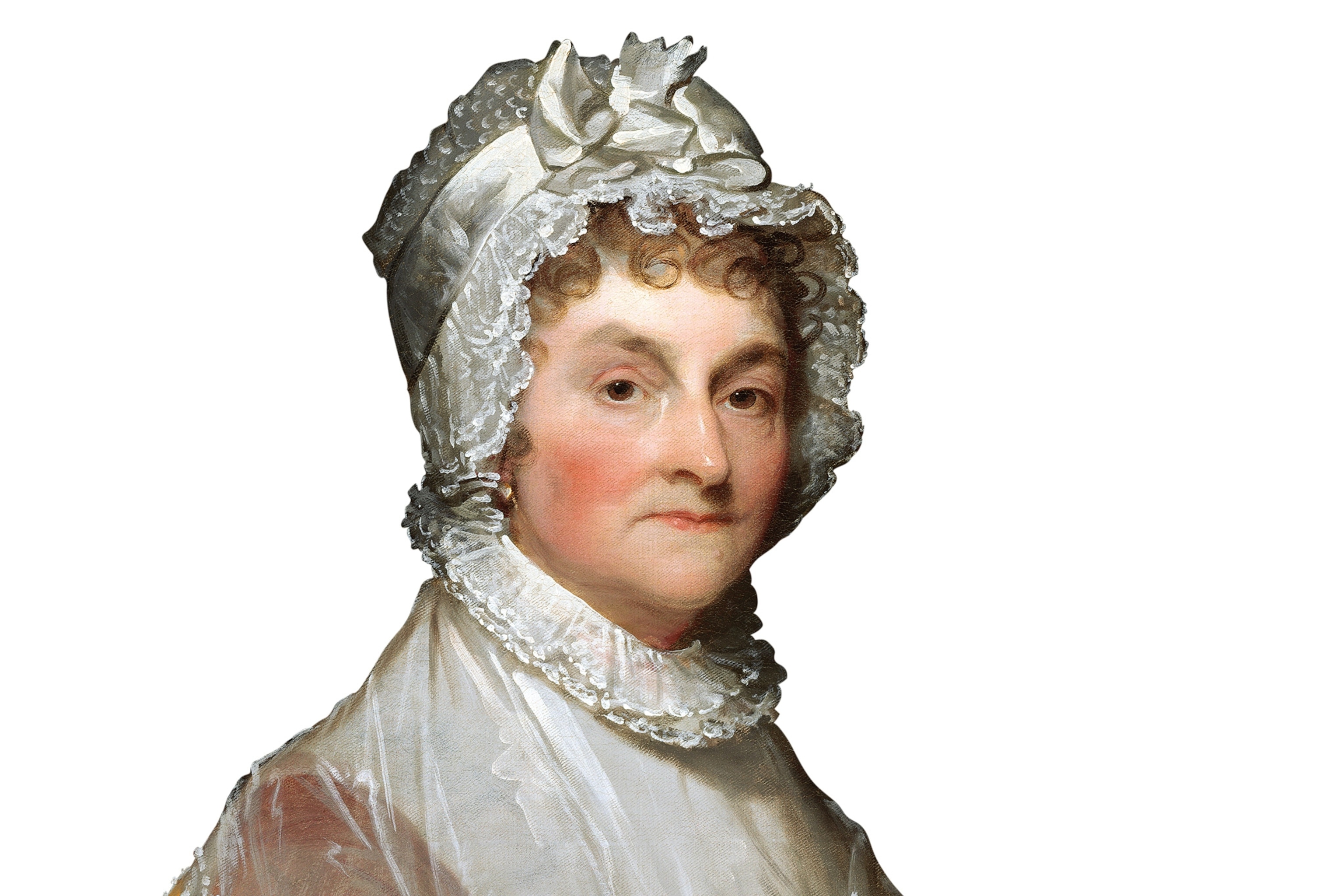
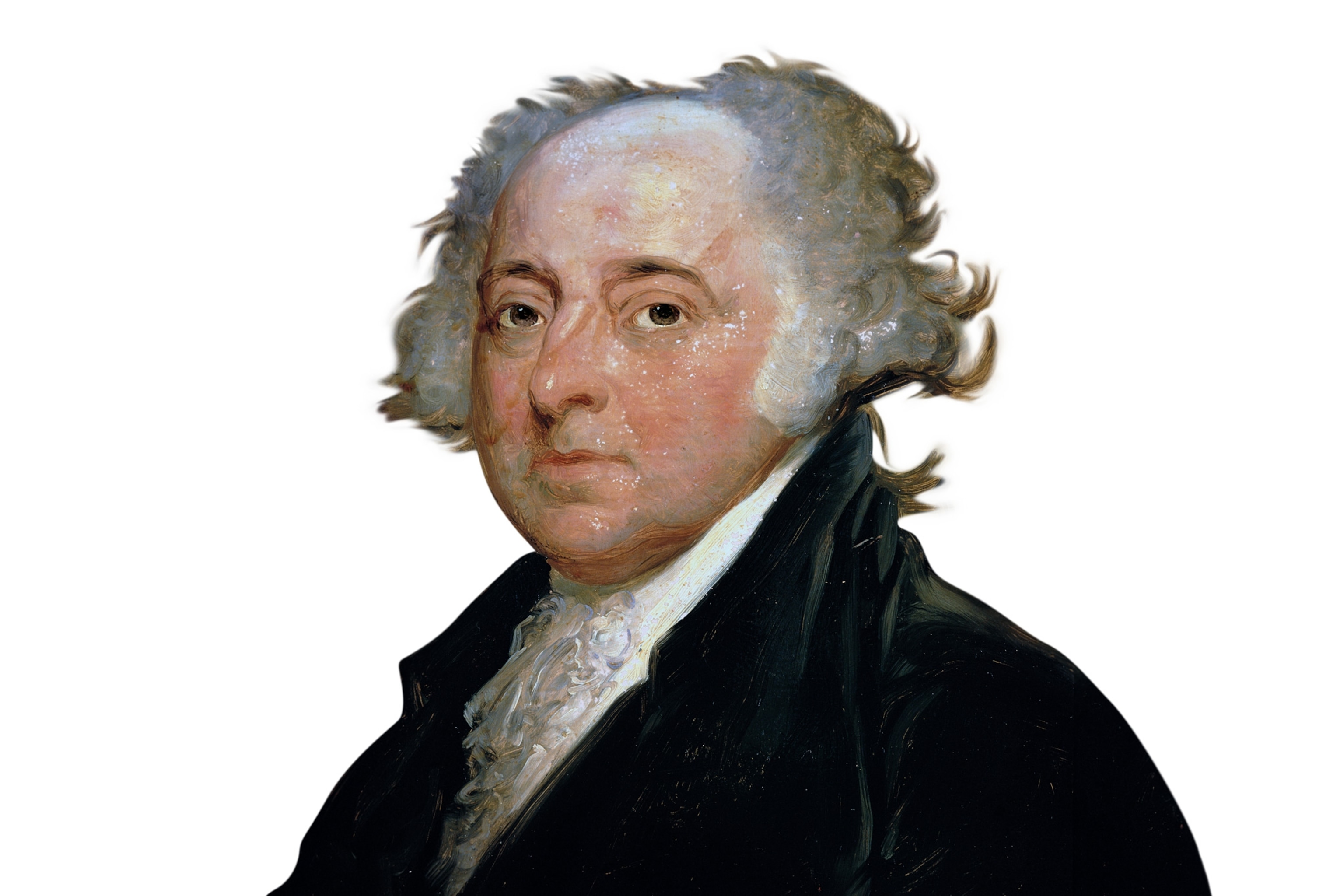
George Washington died on December 14, 1799, before the President’s House was finished. The building begun in 1792 had taken eight years to be ready to house the president, but Washington would not live to see it. On November 1, 1800, John Adams became the first president to occupy the building, as required by the Residence Act, but he lived there just four months before he lost office.
Abigail Adams arrived two weeks after her husband, getting lost several times on the unmarked roads. The house was intensely cold and damp during the winter of 1800–1801; fires in the fireplaces barely heated the six habitable rooms. Abigail Adams complained in a letter on November 21, 1800: “I could content myself almost anywhere three months; but surrounded with forests, can you believe that wood is not to be had because people cannot be found to cut and cart it?”
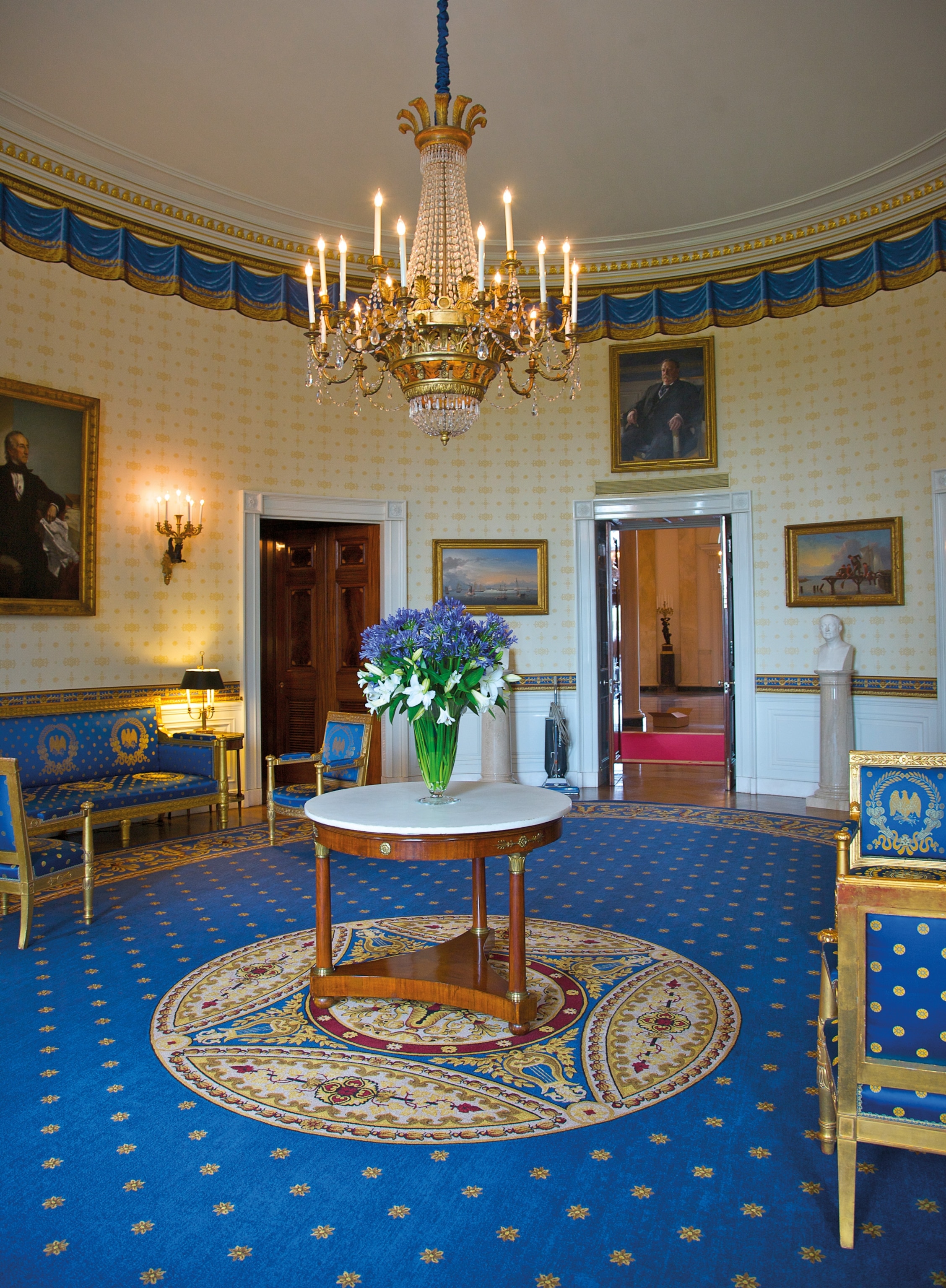
When the Adamses moved in, the biggest room on the first floor, or State Floor, was the unfinished East Room, which occupied the entire east end of the building and was intended as an audience room for public events. An unfinished oval room (what is now the Blue Room) was at the center of the plan to facilitate public receptions where guests traditionally stood in a circlewaiting to greet the president.
The rooms readied for the Adams family on the State Floor were a levee room in the southwest corner, a dining room in the northwest corner, and a breakfast room (now the Red Room). On the west end of the second floor—the family floor—there were bedrooms for the president and the first lady, their young granddaughter Susanna, and an office for the president and his secretary, William Smith Shaw.
But the Adams family did not live there very long. After a bitter defeat in the 1800 presidential election, Adams left Washington in the early hours of the morning of Thomas Jefferson’s inaugural on March 4,1801, skipping the ceremony. Abigail Adams had departed weeks earlier to prepare their home in Quincy, Massachusetts, and was not sorry to leave Washington. (Were presidents always the big cheese? Find out here.)
Respect for tradition
The third president of the United States detested the formal etiquette of Adams’s party, the Federalists, although Jefferson’s lifestyle and tastes were anything but simple. He immediately sold off President Adams’s seven-horse stable, the silver-trimmed harnesses, and two carriages bought with funds intended for household furnishings. He preferred to travel on horseback and kept only a market cart. Jefferson ended the great public receptions, and turned the State Dining Room, where they had been held, into his office. He erected a post-and-rail fence around the house and established the main entrance on the north side, demolishing the temporary wooden south entrance stairs.
Today the White House requires 570 gallons of paint to cover its exterior walls.
Jefferson appointed architect Benjamin Henry Latrobe as the surveyor of public buildings in 1803 and put him in charge of any improvements to the President’s House. Latrobe, born in England to an American mother and an English father, had practiced in the United States for seven years. Like Jefferson, he was multilingual and an accomplished musician. They shared an intense interest in architecture, science, invention, philosophy, and religion. For six years under Jefferson, Latrobe worked at the President’s House, completing repairs to a badly leaking roof, installing a grand staircase, solving a drainage problem, constructing water closets, landscaping the grounds, and designing classical east and west colonnades, which still remain today.
A House By Many Other Names
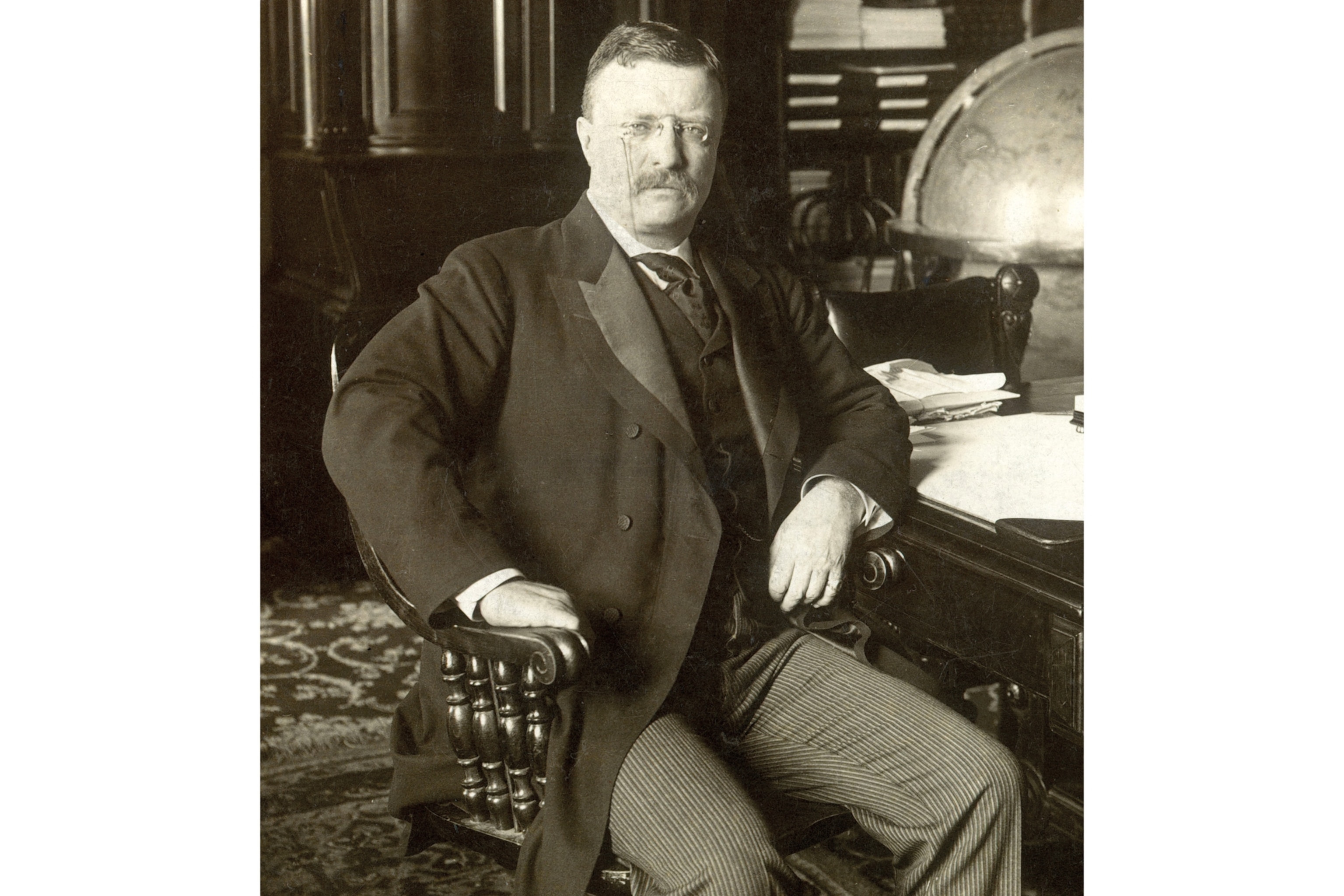
At various times in history, the President's House has had several different names, including President’s Palace and President’s House. “Executive Mansion” was the official title for the house on its stationery and in government documents until the 20th century. In 1901 President Theodore Roosevelt changed that. Roosevelt believed “White House” was a more appropriate name and made it the official moniker of 1600 Pennsylvania Avenue.
Jefferson often contributed to Latrobe’s designs and occasionally caused the architect some annoyance. Of Jefferson’s ideas for adding wings to the White House, Latrobe wrote,“I am sorry that I am cramped in this design by his prejudices in favor of the old French books, out of which he fishes everything.” Latrobe was contemptuous of his rival, Irish architect/builder James Hoban, continuing in his letter to construction supervisor John Lenthall that the colonnade collaboration was “exactly consistent with Hoban’s pile—a litter of pigs worthy of the great Sow it surrounds, & the Irish boar, the father of her.” Latrobe mistakenly addressed the letter to Jefferson, but the gentlemanly president returned it to him, saying he had not read it.
Jefferson also improved the presidential grounds from a barren site that had been left after construction of the White House. With the wing additions, built for domestic use, he separated the upper and lower lawns of the site andmade an official entrance on the north. He began a stone wall around the house, planted trees and flower gardens, and built graveled driveways.
The White House is Born
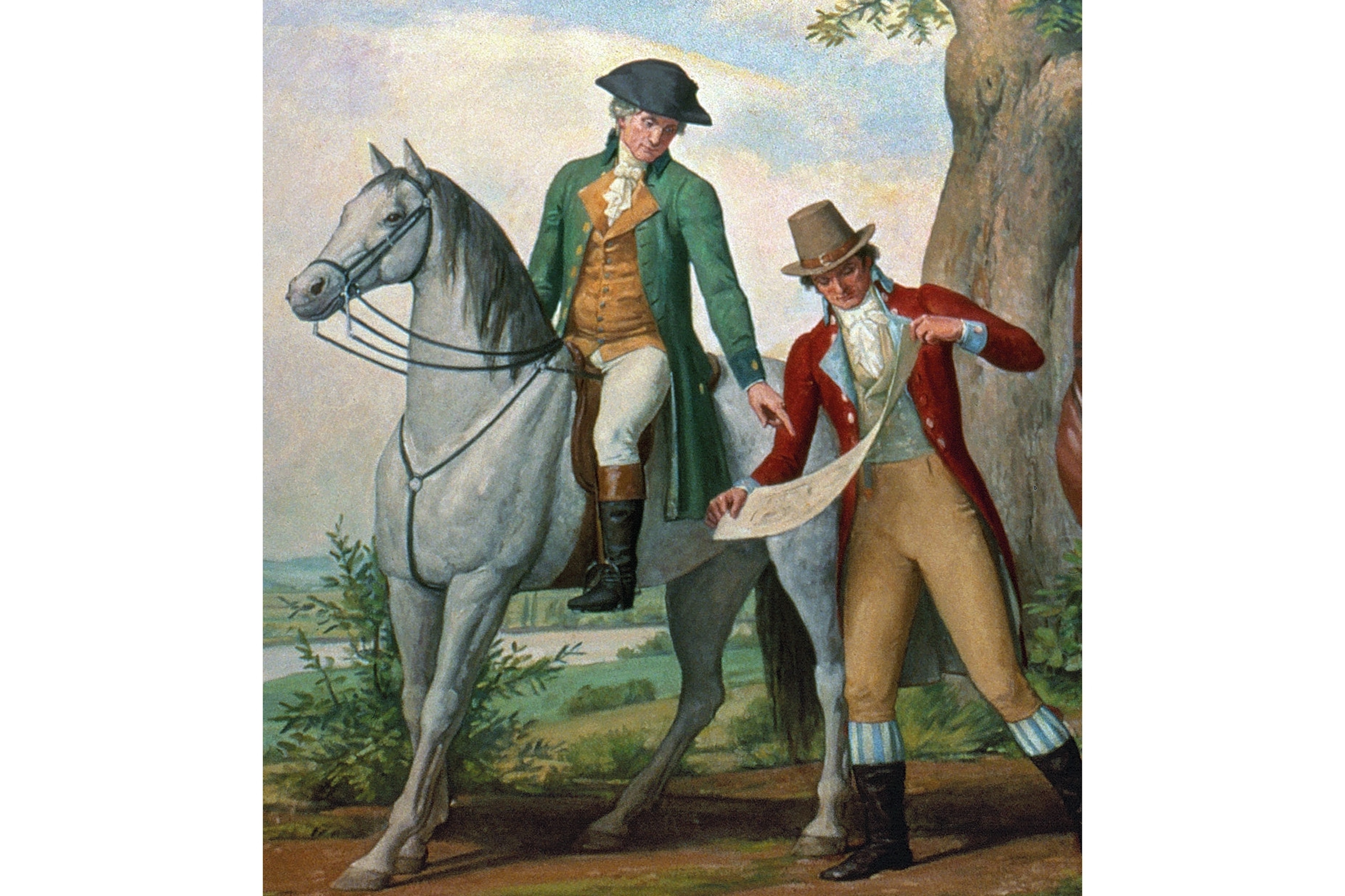
1791 To appease northern and southern interests, President George Washington selects the site for the capital city.
1792 A contest for an architect the President's House is held, and James Hoban wins.
1792-1800 The cornerstone of the President’s House is laid in October 1792, and it takes eight years to finish.
1800 President John Adams and his wife, Abigail, move into the President’s House continues and live there for four months.
Renovations did not always go smoothly. Jefferson planned an arched carriage gate, designed by Latrobe, at the center of the East Wing, but the work was delayed and the mortar would not set in the winter cold. In the spring, the supporting timbers were removed and the stone arch toppled to the ground. The ruins were quietly taken away, leaving a vacant space and an East Wing with two parts for many years.
Despite all his tweaks, Jefferson did not change the appearance of the house substantially. Although this was not the residence that he would have built himself, he recognized it as part of George Washington’s legacy and saw the need for continuity. Sensitivity to this sort of symbolism was to characterize the presidents who lived in the White House from that time on.
